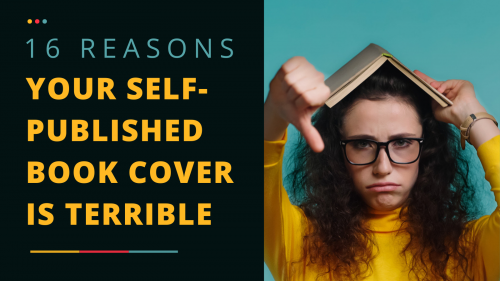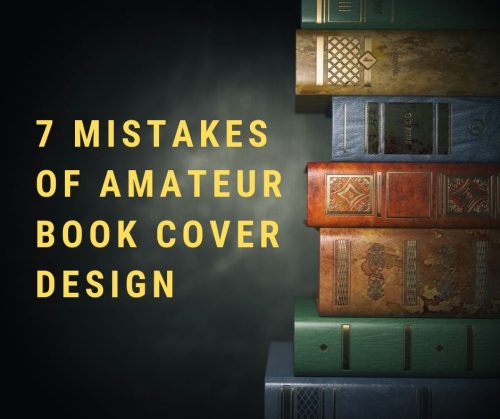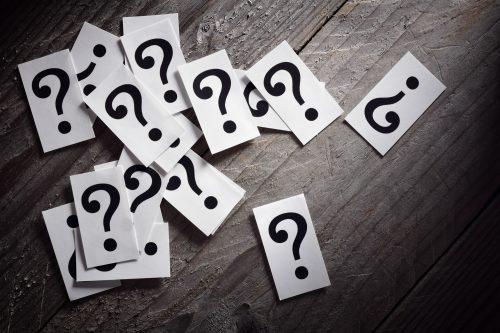
36 Great Sites With Awesome Stock Photos for Your Book Cover
April 1, 2022
Ninefox Gambit TTRPG Cover Reveal Coming Soon!
June 1, 2023
Have you searched Amazon for something to read and been smacked in the face by badly Photoshopped covers? Seen book covers so muddy they’re an indistinguishable mess? Wondered if your favorite author is being held hostage by an evil book cover designer?
Not all self-pubbed authors have terrible covers, of course! There’s a lot that are fabulous. But some authors make truly…different…design decisions.
Here’s a non-exhaustive list of possible reasons your favorite author has terrible book covers, expanded from a comment I made on Reddit:
1. They made their own book cover.
If you’ve got a background in art and graphic design, this isn’t always a problem! However if you’ve got no money, you’re forced to do it yourself. If you’ve got no graphic design experience and don’t take the time (or don’t have the time) to educate yourself on the basics, sometimes you just settle for Good Enough.
2. They bought a cheap generic premade cover.
Or they hired someone on Fiverr to make it for the least amount of money possible. I don’t knock premades–I make them myself, after all!–but you should think about how well the elements on the premade book cover fit your book, and how well the book cover style fits current bestsellers.
3. They don’t have an eye for art and design
So either they create the book cover on their own or they hire a designer who is not that good, and are unable to tell that the resulting design is…not good. Which happens more often than you’d think: it’s sort of like being unable to hear certain phonemes from unfamiliar languages properly. Additionally, artistic ability and graphic design sense are two different things!
4. They don’t understand how book covers impact sales.
Usually either because they see terrible covers on the bestseller lists or because they don’t judge books by covers and don’t realize others do.
5. They’re inspired by a book that caught the eye of the right influencer despite the cover.
If a book sells well despite a terrible cover, authors can assume covers like that are good and use them for inspiration. But you can’t rely on the right influencer finding the book at the right time, so this is a dangerous ploy.
6. The author’s name sells the book, not the cover.
If the author has enough name recognition that their books sell well, they can mis-attribute the sales to the bad book cover.
7. They’re hitting the correct tropes, keywords and advertising.
In some genres, readers care far more about reading certain tropes than they do about the covers. If the author knows how to hit those tropes and make them obvious on the cover, the cover doesn’t always need to look good and the book can find its readers despite a terrible cover.
8. They don’t understand their genre and subgenre.
I see this in fantasy all the time. An author “researches” by looking at a Goodreads or Amazon bestseller list in “Fantasy,” and picks a cover style from there without understanding that those lists contain a multitude of sub-genres. If your book is epic fantasy, the cover is going to be different from a book in one of these other fantasy sub-genres:
- YA fantasy
- Paranormal romance
- Dark fantasy
- Progression fantasy
- LitRPG
- Isekai fantasy
- Cozy fantasy
- Space fantasy
- Contemporary fantasy
- Romantic fantasy
- Fantasy romance (not the same as romantic fantasy!)
- Fairy tale fantasy
- Historical fantasy
- Military fantasy
- Horror fantasy
- Comic fantasy
- Sword and sorcery
These are target markets for advertising. Your book might not fit neatly into any, but it’ll work with a few and those are the markets you need to point your cover and ad dollars at. If you don’t know which of these genres your book fits in, you are not ready to publish.
9. They think the cover illustrates the story instead of advertising the story.
This leads to a cover that is nonsensical if you haven’t read the book yet. The image on the cover is not meant to faithfully represent a scene in the book. It is meant to let the reader know the genre and sub-genre of the book, and to raise questions that they want to answer.
10. They think their child, relative, or friend is a fabulous artist.
They’re wrong. Or they’re correct, but the art is wrong for the book, or for the genre. One easy way to judge is if the artist is using colored pencils, markers or watercolor, the art is probably wrong for a book cover.
Steer clear of friends and relatives’ work unless they’re already familiar with book covers and professional standards. If all else, it’ll save you the awkwardness of explaining to them why you’re re-covering the book when you discover it isn’t selling.
11. The bad cover is deliberate.
People talk about bad covers (note the Smart Bitches Trashy Books Cover Snark posts), which leads to paradoxical advertising as readers see the cover and decide to read the books, or as Google algorithms pick the book up because it’s been featured on a popular blog.
12. They have a strong image for the cover that is totally wrong.
And the designer can’t talk them out of it, so shrugs and just does it.
13. They have a strong image for the cover that ought to be painted or photographed.
Because there are no existing stock images that fit, so something approximating it is hacked together from stock images, either by the author or by a designer who couldn’t talk the author into going in a different direction.
14. They get free or discounted covers from a friend.
We all have to get into the business somehow, and free or discounted book covers are a good way to build a portfolio! Alas, sometimes the designer/artist isn’t there yet.
15. They’re happy with their sales and don’t care.
Maybe the author just wanted to put the book online so their friends and family could get copies. Or writing is a hobby and they’re not particularly fussed about sales.
16. It’s not actually a terrible cover, it’s that you don’t like it.
It’s the nature of being human to have different opinions. And some people have very strong opinions about book covers. Maybe the cover is fine, and you’re not the target reader for the book. Or you like styles that have gone out of fashion. That doesn’t mean the cover is bad, it just means that you have different tastes.
In conclusion
I think the biggest reason terrible covers exist is lack of money, but misunderstanding the market is a close second.
If YOUR book cover is terrible and you’re not OK with that…you need to do research. Hard research. Into keywords, advertising, sales, genres. Not just looking at some book covers, although I’ve seen people completely fail to do even that before making their own!
If you want or need to make your cover yourself, then you need to invest some time into learning the basics of graphic design and directing the eye. If you aren’t good at art, you’ll need to invest in some good photos or stock illustrations that are…and this is important…(a) relevant to your book and (b) make sense to people who haven’t read your book yet. If you haven’t done any typography before, you’re going to need to spend some time learning about it. You can’t just slap any old typeface up in any old way and have it look good.
If you’re starting to think this is a lot of work, well, that’s why people hire cover designers. You don’t have to do so, but think about how much your time is worth. It might be better for you to spend your time writing your next book.
What do you think?


